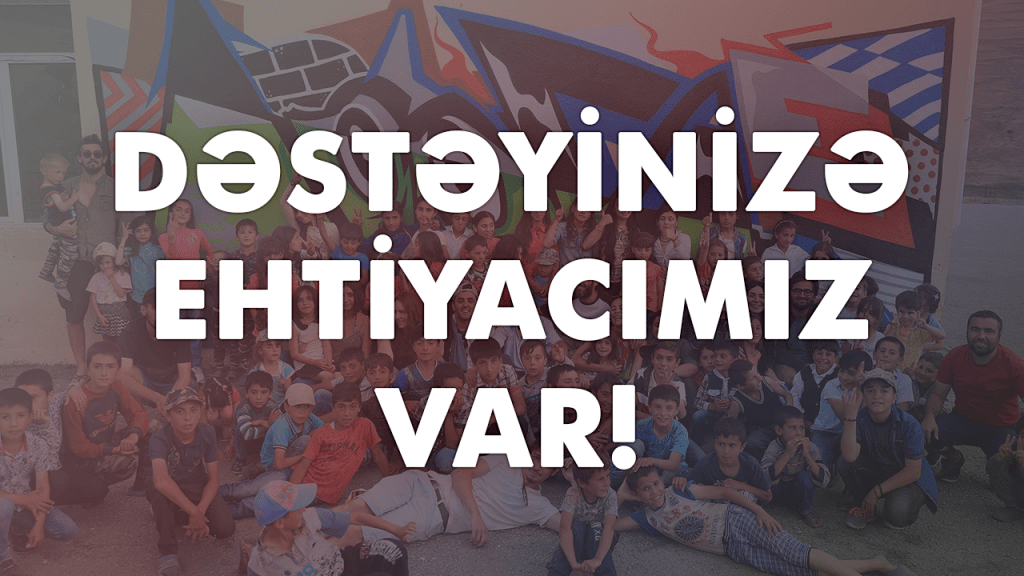Emil Mecnun

Emil Mecnun’s most interesting artwork is not found in a gallery, but is instead spread across the urban landscape. While he trained as a graphic designer at the Academia Italiana in Florence, Italy, his designs as an artist and illustrator is best seen in his many street art commissions across Baku and abroad. Emil has exhibited work in Baku and Italy, and in 2015 was a participant in the FABRIKAFFITI street art festival in Tbilisi, Georgia, contributing an artwork to the façade of the Fabrika building. Emil’s commissions in Baku include murals at Barista & Chef, Ay Qonshu restaurant, and Zion Hostel, where the public can easily view his work. Other works are hidden behind buildings in the city, waiting to be discovered by those passing by who are lucky enough to find them. In 2017, he co-founded and ran the studio and art space Bunker Art Ground, one of the only alternative art spaces in the city, which had a major impact on the Baku art scene in the time that it operated. As part of his program with Bunker Art Ground, he provided studio space to visiting artists many of whom also painted street art in Baku, helping to bring notoriety to Baku’s growing alternative art scene. In July 2018, Emil hosted the first Baku Street Art tour, taking a sold-out crowd across Baku to see popular street art sites as well as teach a workshop on the art of graffiti, hopefully inspiring the next generation of Baku street artists.
Street art as an aesthetic practice if often mistakenly viewed by the public as tags, or the names and words scrawled across public buildings and spaces that often become an eyesore, especially when drawn by inexperienced and amateur artists. True street art is in dialogue with the people and places around which it is created, a reflection of the culture of the streets and is often a commentary or observation made by the artist. It is also designed to visually interact with its surroundings. In this sense, Emil’s graphic design background greatly informs his artwork – his style is full of color and movement. His street tag Moosem, under which he paints, began as the letters ‘Moos’ that he used to draw in his childhood and eventually he added the ‘e’ and ‘m’ from his initials to make it his signature which is visible as a part of many of his drawings. His lines are soft and sinuous, giving the pieces a sense of flow and movement despite their 2D perspective. Vibrant swirls of pink, orange, and blue characterize his figurative work, as do his characters – many of whom are traditional Azerbaijani men. The character portraits that he paints within the murals offer a wry take on local and regional stereotypes that find humor in everyday life. His graffiti lettering is also dynamic and bold, exaggerated by visually balanced and expressive. Being a graphic designer and illustrator has also transferred into other media – his work is available through Instagram as stickers and limited-edition t-shirts that celebrate Azerbaijani local culture. Emil’s creative practice is one that reaches many people through its dialogue with the city streets of Baku, making street art an engaging part of everyday life.















